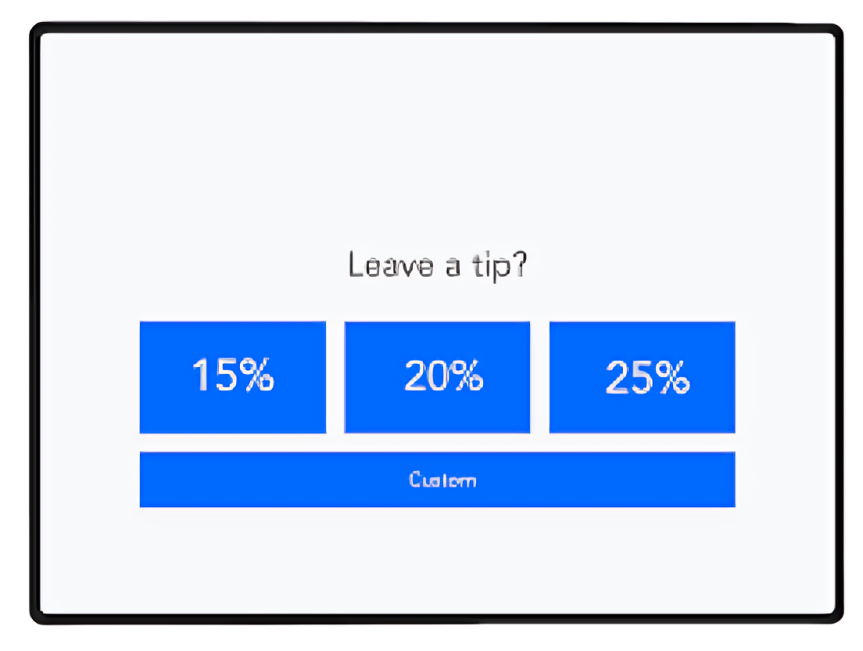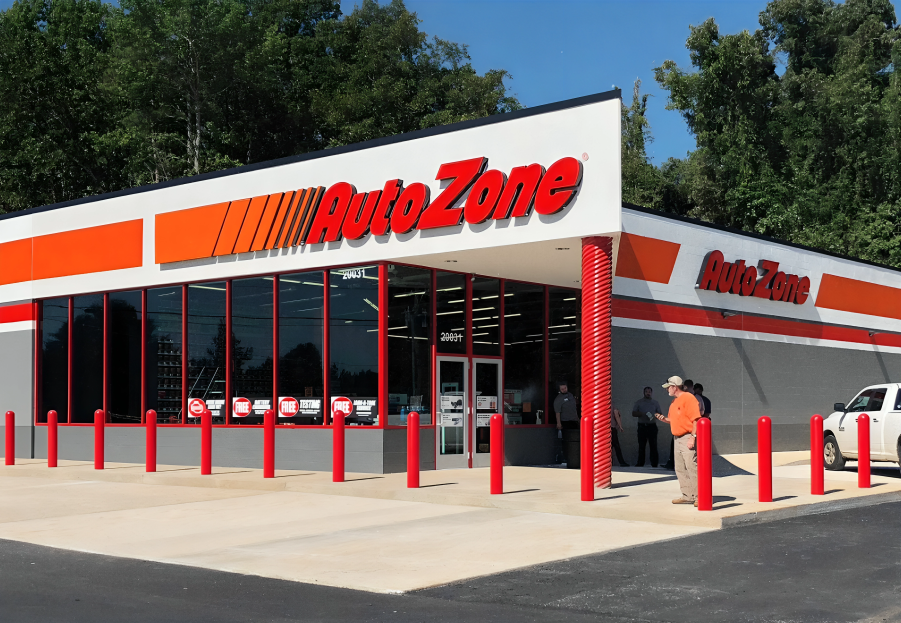Introduction to Tip Screens and their purpose
In a world where information overload is the norm, grabbing and holding readers’ attention can feel like an uphill battle. Enter Tip Screens—a dynamic tool designed to enhance user engagement while delivering bite-sized insights or prompts right at the moment they’re needed. Imagine reading an article and suddenly being offered helpful tips, intriguing facts, or even thought-provoking questions that enrich your understanding without interrupting your flow. This innovative feature not only elevates the reader experience but also fosters interaction in ways traditional formats often miss. Let’s dive into how Tip Screens are transforming content consumption across various industries and learn why they might just be the secret ingredient for boosting engagement in your own digital space.
Benefits of using Tip Screens for reader experience
Tip Screens significantly enhance reader experience by providing quick, digestible information. They act as helpful guides that can clarify complex topics without interrupting the flow of reading.
These screens offer users immediate access to additional content or tips. Instead of navigating away from an article, readers can absorb supplementary details seamlessly. This convenience keeps them engaged and informed.
Moreover, Tip Screens foster a more interactive atmosphere. When implemented correctly, they encourage readers to explore related content or utilize features like polls and quizzes.
By presenting information in bite-sized chunks, Tip Screens cater to shorter attention spans. Readers are more likely to stay focused when information is presented clearly and concisely.
These elements create a richer digital environment where readers feel supported and empowered in their learning journey.
Examples of successful implementation of Tip Screens in various industries (publishing, news media, e-commerce)
Tip Screens have found their way into various industries, transforming the reader experience. In publishing, platforms like Medium utilize Tip Screens to provide context and insights on articles. This feature encourages deeper engagement by offering readers additional information at crucial points.
In news media, outlets such as The New York Times employ Tip Screens to highlight key facts or statistics within articles. This approach not only enriches the reading experience but also promotes knowledge retention.
E-commerce sites are leveraging Tip Screens too. Brands like Amazon use them for product recommendations and tips during checkout processes. These screens guide users through choices, making shopping smoother and more interactive.
Across these sectors, Tip Screens enhance content delivery while keeping audiences engaged with relevant information tailored to their interests.
How to use Tip Screens effectively for boosting interaction with readers
To use Tip Screens effectively, start by positioning them at key points in your content. This could be after a compelling statistic or an engaging story. Timing is vital; the right moment can enhance understanding and retention.
Make sure the information shared is concise and actionable. Readers appreciate quick tips that they can apply immediately without wading through excessive text.
Incorporate visuals when possible. An eye-catching graphic or icon alongside your tip screen can draw attention and make the message more memorable.
Engage with readers by asking questions within your tip screens to prompt interaction. This encourages them to think critically about what they’ve just read.
Always track engagement metrics to see how well your tip screens are performing. Adjust based on feedback and analytics for continuous improvement in user experience.
Tips for creating engaging and relevant Tip Screen content
Creating engaging Tip Screen content requires careful thought and creativity. Start by understanding your audience. What are their interests and pain points? Tailoring tips to meet their needs is essential.
Keep your messages concise and clear. Bullet points or short sentences work wonders in grabbing attention quickly. Visual elements can enhance engagement—consider using images or icons that complement the text.
Incorporate interactive features like polls or quizzes within the Tip Screens. This invites readers to participate actively rather than passively consume information.
Relevance is key; ensure that each tip aligns with current trends or topics of interest in your industry. Timely content resonates more with audiences, increasing interaction rates.
Always encourage feedback from users about the Tip Screen themselves, as this insight can guide future improvements and keep your content fresh and appealing.
Common mistakes to avoid when using Tip Screens
One pitfall to avoid with Tip Screen is overwhelming your audience. Too much information can lead to confusion and disengagement. Keep your tips concise and straightforward.
Another mistake is failing to align the content with user intent. Ensure that the tips provided are relevant and add value based on what readers are looking for at that moment.
Neglecting mobile optimization can also diminish effectiveness. Many users access content via smartphones, so ensure Tip Screen adapt well across devices without compromising readability or aesthetics.
Don’t forget about timing. Presenting a Tip Screen too early in the reading process may interrupt flow, while waiting too long might miss engagement opportunities entirely. Strike a balance by placing them strategically within your content journey to enhance rather than disrupt understanding.
Conclusion: The future of Tip Screens and their potential impact on the digital world
The evolution of Tip Screen is set to reshape the way we interact with digital content. As they become more prevalent, their potential to enhance user experience and engagement cannot be ignored. Industries are already witnessing increased interaction rates as readers appreciate the added value that Tip Screens provide.
Looking ahead, we can expect further innovation in how these screens are integrated into various platforms. They might evolve into personalized experiences tailored specifically to individual users based on their preferences and behavior. This could lead to a deeper connection between content creators and audiences.
As technology continues to advance, so will the creative possibilities for implementing Tip Screen effectively. Their ability to offer quick insights or additional context while maintaining a clean interface is just the beginning of what’s possible.
For businesses, embracing this trend may mean staying ahead of competitors who have yet to recognize its benefits fully. The future holds exciting opportunities for those willing to innovate with Tip Screen at the forefront of digital communication strategies.
As we navigate through an increasingly cluttered online landscape, finding ways like Tip Screens to connect meaningfully with our audience will prove invaluable in fostering loyalty and enhancing overall reader satisfaction










